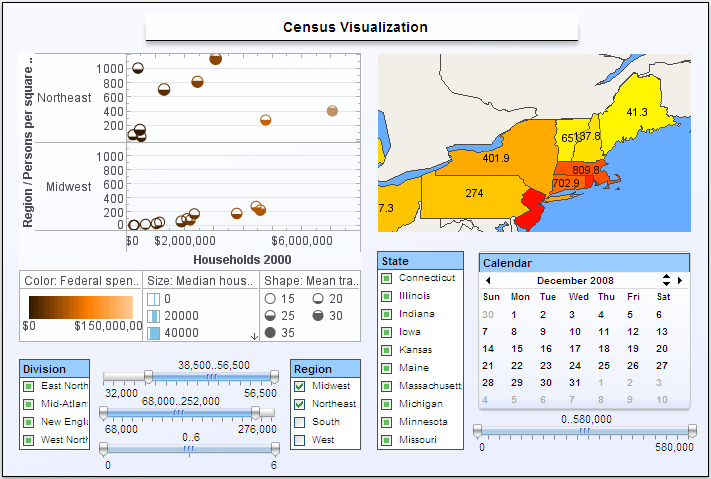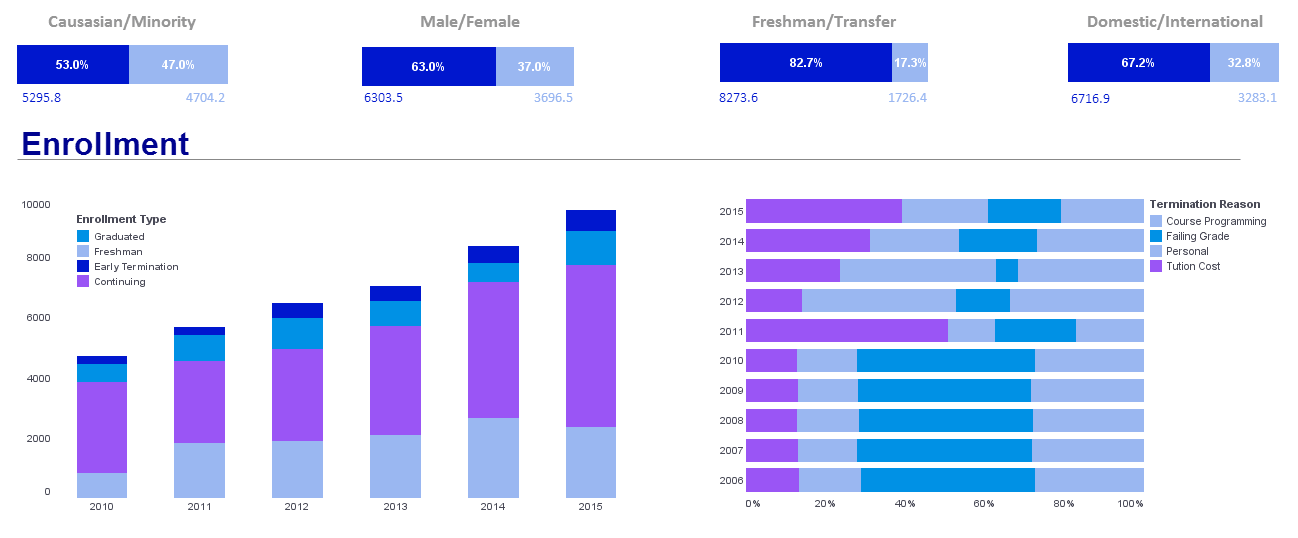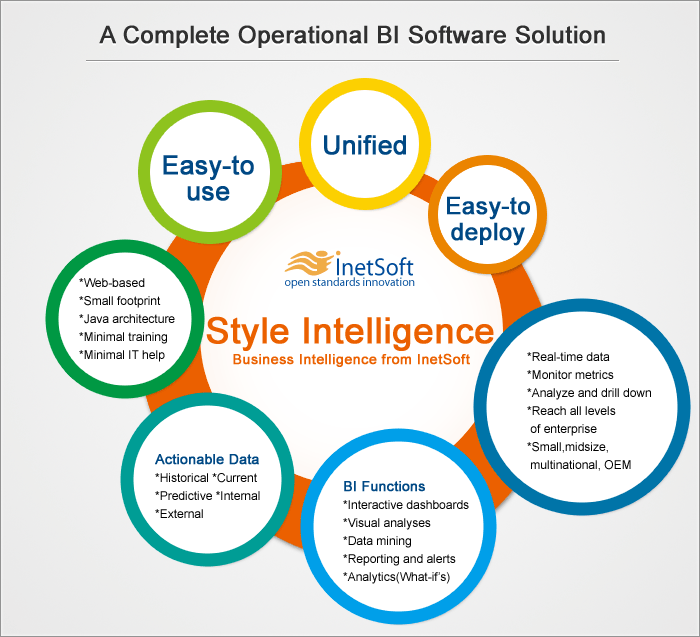InetSoft Speaks About Data Mashup and Business Intelligence
Product Manager, Byron Igoe, Product Manager, was interviewed by Linda Briggs, contributing editor at TDWI, Byron discussed the meanings and origins of mashup and its specific application in business intelligence solutions.
Linda Briggs (Contributing Editor at TDWI): Hello, Byron, and welcome to TDWI.
Byron Igoe (Product Manager at InetSoft): Hi, Linda.
Briggs: Byron, before we get into specifics around BI and mashups, can you define the term "mashups" in general for us?
Igoe: Sure. It really gained popularity recently where people were combining two different things � either pieces of music or video or other content that weren't initially purposed or designed to be combined together. The example that I always cite: it's a nice album put together by Dangermouse, called the Grey Album. He has actually combined the music of the Beatles and "The White Album" with the rapping lyrics of Jay-Z and his "The Black Album."
Briggs:That is a great example of a mashup. What is the difference in process between traditional data integration approaches and data mashups?
Igoe:So to understand data mashup I like starting from what people know best, and that's ETL, or extract, transform, and load. This is usually a set of formal processes that manipulate and combine data from difference sources usually populating a data warehouse. So it's creating a copy of the data that is more optimized for reporting and combines all the different sources together.
Now if you add in the idea of leaving that data in the source systems and combining it virtually, or in memory, you get the concept of data federation. Basically the same idea of formal processes and a formal definition, it's just that it is pulling the source data on the fly.
Now if you add in the ability of being able to include informal data through informal processes - this usually means getting the end-user involved, having them define things, having them use the data they want, now you get into the idea of data mashup.
Briggs:To clarify that, what is an example of how a customer might use a mashup in a BI application?
Igoe:I really see data mashup as the next in a logical progression from ad hoc query. We're all familiar with ad hoc query where you have got a well-defined question that you are trying to ask, and by dynamically pulling the data that you want, you are constructing the answer to that question. Any user who has ever wanted to manipulate or combine data beyond what the standard ad hoc query tools provide, often got frustrated. And typically these roadblocks would cause them to dump the data out of the BI tool and into an application like Microsoft Excel.
This served its purpose, but it is really subversive behavior. Users are getting around the limitations of the BI tools that they have and also avoiding a bottleneck of IT, instead of going back to IT to ask them to address the question or needs that they have. And that's all well and good for particular purposes.
The down sides, now, are that the work in Excel is largely manual. You are copying and pasting data. That also means that it is very prone to errors. And then further, once you have your results, you can't really take full advantage of the rest of the BI environment. Basically once you export that data into Excel, you can't really go back either.
So a common scenario in our customer base is you build a data mashup that essentially mirrors what you've been doing in Excel manually. This way you can codify that manipulation one time. Make sure that you get it right and have repeatable behavior. You're able to trust that answer, time and again. And you can still leverage the enterprise class performance and even use that data within the context of the other BI capabilities.




